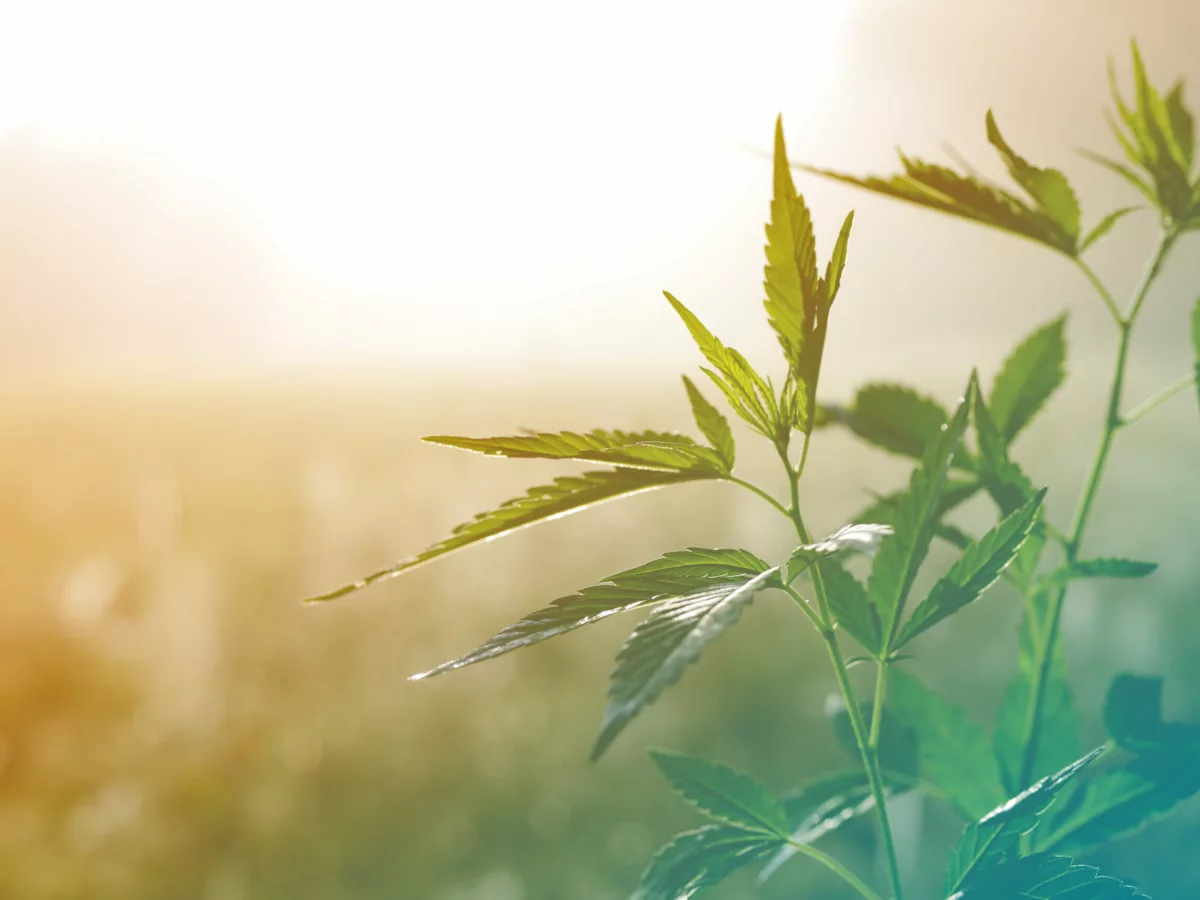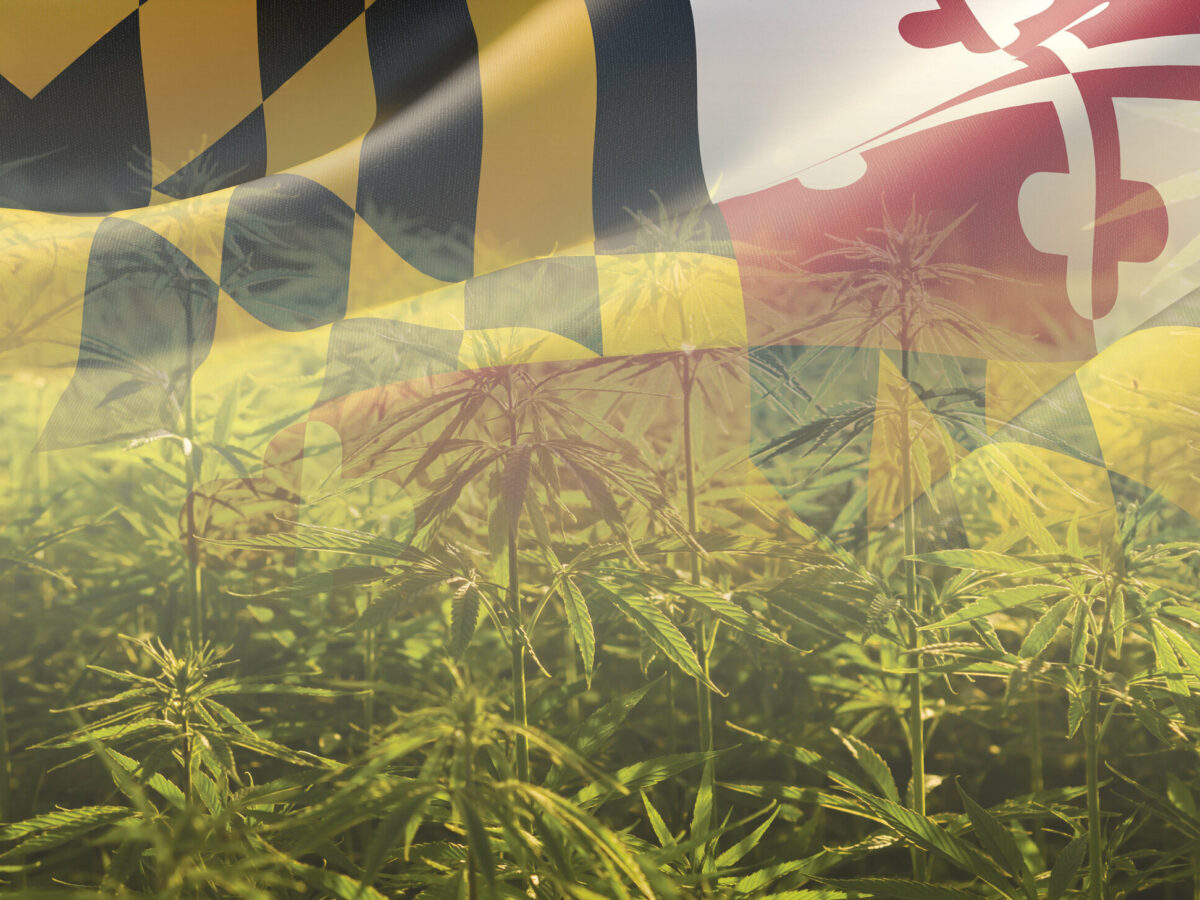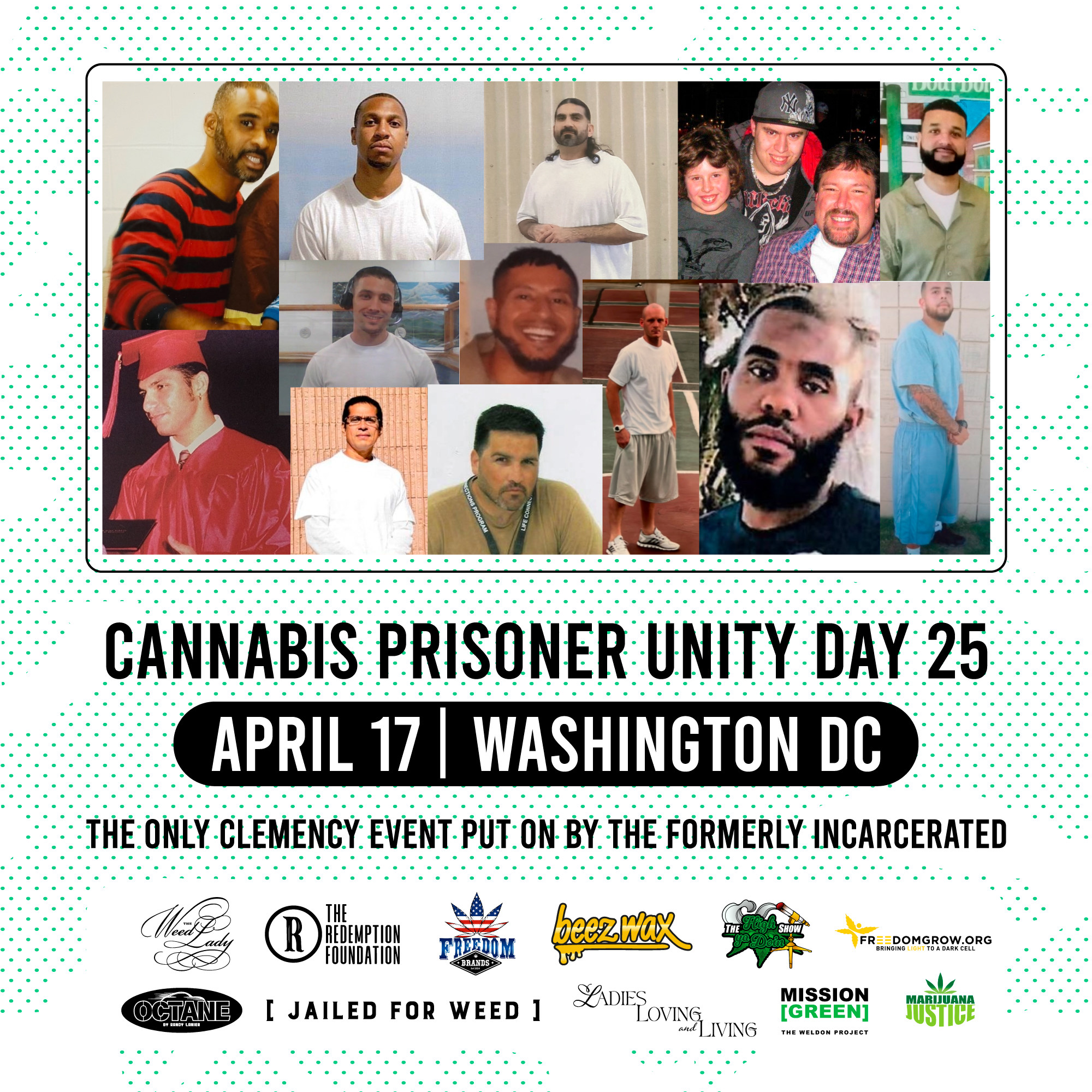The enormous amount of electricity used to power cannabis warehouses is contributing to climate change, and activists say holistic farming methods are the solution.
Adam Eidinger of D.C. Marijuana Justice (DCMJ), who helped spearhead Initiative 71 which legalized cannabis in D.C. in 2014, said the warehouses used to grow cannabis are ineffective and damaging the environment.
“That’s like growing weed on Mars. It’s anti-climate to the extreme,” Eidinger said.
In Washington D.C., like most places where medicinal or recreational cannabis is legal, cannabis is grown indoors in large warehouses as opposed to outdoors on a farm. Eidinger said D.C. has 10 grow centers and all of them run on electric power. He estimated that growers spend 20% of their revenue on powering warehouses. Instead, Eidinger advocates for sun-grown regenerative cannabis, which is cannabis grown under the sun and in the soil using regenerative techniques that are considered as a step above organic.
According to a study by New Frontier Data, a data analytics company that specializes in the legal cannabis industry, it takes 18 times more electricity to produce a single gram of cannabis inside a warehouse compared to outside on a farm. Further, the study found that the amount of electricity consumed by cannabis warehouses is enough to power 92,500 homes for an entire year.
“As cannabis emerges from illicit to the legal market, there is an opportunity to embrace ecologically responsible ways of doing it,” said Andrew Black, executive director of Sun+Earth, a nonprofit cannabis farm certification organization launched on Earth Day 2019.
The young organization has certified more than 40 farms so far, mainly in California and Oregon. Sun+Earth’s mission statement is to “certify cannabis under the sun, in the soil of mother earth, without chemicals by fairly-paid farmers,” as described on its website. “Beyond organic” regenerative farming practices are emphasized, including mulching, crop rotation and reduced tillage.
“There is a myth that indoor is higher quality than outdoor. Sun+Earth farms are farming very close to nature, creating and growing cannabis that rivals any indoor cannabis,” Black said.
“We are trying to recreate nature.”
Black contrasted the Sun+Earth certification with industrial indoor methods, which “use synthetic fertilizer to increase yield and efficiency.”
But what about an urban environment like D.C. that has no farmland? Black said that the key to urban agriculture is “building up” using raised beds. To create raised beds, growers build layers of “soil-like” substances like wood chips, compost and leaves, and then let them decompose over the seasons into soil.
“Once you have the living soil established, the plants will follow,” Black said.
Plants sequester carbon, which helps fight climate change. When carbon is trapped underground, it reduces the amount of carbon in the air. Regenerative agriculture practices like using cover crops, compost and mulching “help keep carbon in the soil and out of the atmosphere,” Black said.
The Ecological Society of America, a professional organization of ecological scientists that publishes peer-reviewed journals and newsletters, describes soil carbon sequestration as a process where carbon dioxide is removed from the atmosphere and stored underground in the soil. Increased carbon in the soil increases the quality of the soil. Improved soil quality leads to increased retention of water and nutrients, which then reduces erosion and improves crop and water quality. Ultimately, quality of life for humans improves.
Kris Furnish, regenerative cannabis supporter in D.C. who like Eidinger, is part of DCMJ, said that cannabis consumers need to be “conscious into what is going into our cannabis.” She said years of industrial agriculture and heavy chemicals used to decrease weeds have depleted the nutrients found in soil.
“We don’t have soil anymore. It’s just dirt,” Furnish said. Regenerative farming, she said, is nothing new and is a method that is thousands of years old. She points to Korean farming as an example.
Eidinger offered interstate commerce as a possible solution to make up for the lack of farmland in D.C. for sun-grown regenerative cannabis. Most of the cannabis consumed in D.C. is already sourced from other states anyway, he explained. He compared the need for outdoor farms to wine vineyards.
“Are we growing grapes inside?” Eidinger said.
For now though, that solution will remain out of reach as long as cannabis remains illegal at the federal level. Voting on recent legislation for cannabis legalization, the MORE Act, was delayed until after the 2020 election.






